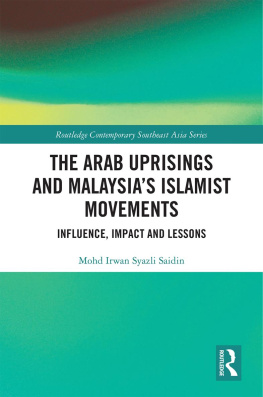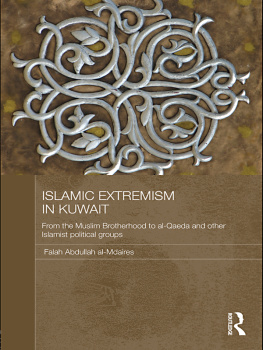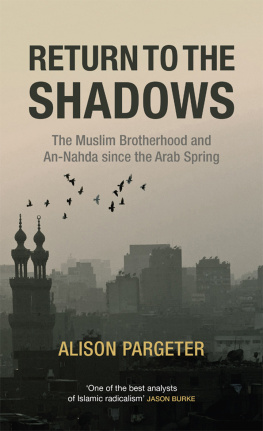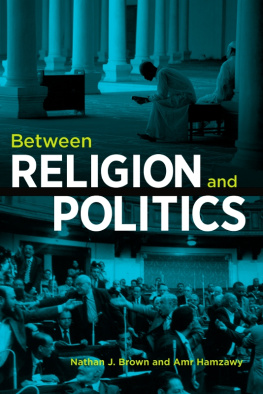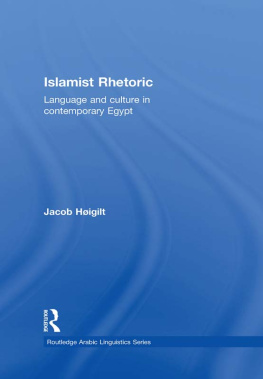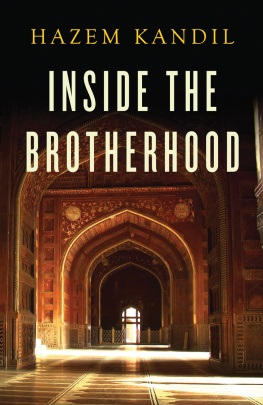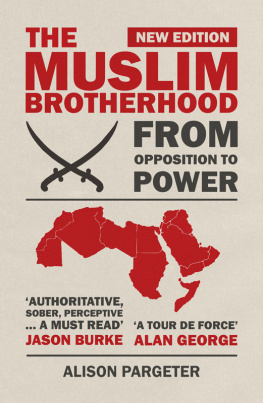This electronic edition published in 2021 by
The American University in Cairo Press
113 Sharia Kasr el Aini, Cairo, Egypt
One Rockefeller Plaza, 10th Floor, New York, NY 10020
www.aucpress.com
Copyright 2021 by Lee Young
All rights reserved. No part of this publication may be reproduced, stored in a retrieval system, or transmitted in any form or by any means, electronic, mechanical, photocopying, recording, or otherwise, without the prior written permission of the publisher.
ISBN 978 977 416 992 2
eISBN 978 164 903 051 1
Version 1
FOREWORD
I n this remarkable account, Lee Young tells the story of Myrtle Florence Broome (18871978) largely through her letters and artwork, which have fortunately been preserved and record in detail the life of a pioneering Egyptological artist. Broome came from an artistic family and studied at University College London (UCL) under the legendary Sir William Matthew Flinders Petrie and Margaret Murray between 1911 and 1913. In 1927, she was invited to join the excavations at Qaw al-Kebir as an artist under the direction of Petrie and Guy Brunton for the British School of Archaeology in Egypt.
In 1929, Broome went to work at the Seti Temple at Abydos with Amice Calverley (18961959) for the Egypt Exploration Society. Miss Calverley had studied art and design and music but had met Sir Leonard Wooley at Oxford and he engaged her to work on some illustrations from the Ashmolean Museum. While there, she also worked with A.M. Blackman on photographs of the Seti Temple at Abydos. Blackman and Sir Alan Gardiner, who was also working on the publication of the temple, both felt that the photographs alone did not do justice to the delicate relief work of the temple and so they dispatched Calverley to collate the photographs and make facsimiles of the decoration and inscriptions in January of 1928. During her season she was visited by John D. Rockefeller, Jr., who was so impressed with her beautiful copies that he agreed to fund a lavish publication of the work through the Oriental Institute of the University of Chicago. It also enabled her to employ additional help and in 1929 Broome joined the expedition. Broome spent eight seasons copying some of the finest painted scenes in the temple for the publication with photographic accuracy.
Broomes last season at Abydos was in 1937, having to return to England to care for her aging parents. The Second World War interrupted work at Abydos, but Calverley was able to return in 1947 for one more season. She worked on the publication of the temple right up until her death in 1959. In his memoir, Sir Alan Gardiner noted, It is impossible to exaggerate the ability of these two ladies. Broome and Calverley ranked among the greatest of the copyists working in Egypt in the twentieth century who left us an invaluable record of some of ancient Egypts most beautiful monuments.
Peter Lacovara, November 2019
INTRODUCTION
U pon first reading the letters of Myrtle Broome at the Griffith Institute Archive in Oxford where they are housed, I could not believe the amount of detail contained within them. These letters give us such a valuable insight into the life of two women working and living in the desert of Egypt in the early twentieth century. Not only were the letters detailed, there were so many of them, 415 in total, spanning the years 1927 to 1937.
As I read, researched, and transcribed them, I began to know Myrtle and empathize with the challenges she faced in her life abroad. The letters were written with great humor and vitality, and they contain a genuine and endearing love for the local people. When she described a scene, it was with the eye of an artist, which of course she was.
When collating these letters for this book, my first problem was simply how to fit them all in. Myrtles correspondence spanned eight seasons in Abydos and one season in Qaw al-Kebir and her letters were sent with an impressive regularity.
Myrtles first season at Qaw al-Kebir in 1927 is tremendously important. The letters show Myrtles reaction to and her impressions of living in Egypt for the first time and warrant inclusion for that reason alone. The richness of her account is both informative and entertaining and sets the tone for future seasons.
Myrtle then spent eight seasons at the ancient site of Abydos, near the modern town of al-Araba al-Madfuna, approximately 11 kilometers from the Nile in Upper Egypt. In the first season alone she wrote sixty-five letters and I wanted to include every one of them.
Myrtle recorded every facet of her life, writing about her living arrangements; the local people and their ways; the work of the local artisans and craftsmen, recording such things as weaving and pot making. She wrote about the important work they conducted in the temple, and their visitorsfriends, colleagues, even royaltywho were each entertained according to their status. There were also the less welcome visitors, resonating for the modern readerthe tourists.
When you read her letters you really are there with her, you experience the life she led, you see the local people as she did, with understanding and respect for their ways. Shades of colonial paternalism show through, of course, but her thoughts and words were of her time.
She also gave us insights into the important work she was doing, describing how the work was approached and carried out, the working conditions and her own thoughts on their endeavors. She greatly underplayed her own role, being very modest about her contributions to the epic task undertaken.
So, from this wealth of material, I had to make a decision: to either cut, edit, and curate the letters, trying to capture the essence of all 415 letters and nine seasons experiences in one book, or to concentrate on the first season alone.
I decided to focus on the first season, rather than leaving out so many letters that I consider to be so central to Myrtles story. The first season in Abydos is so comprehensive that the following seasons could be seen as simply reinforcing the initial content, so take my word for it, you will not feel shortchanged.
Myrtle is a fluent letter writer. I very much hope that as you read the letters you will imagine yourself there with her, as I did. I also must add that we have included many of her typos and incorrect spellings, such as when she spells Tutankhamun as Tutankhamen. This better reflects how the actual letters appear and read. Myrtle was so eager to get everything down rapidly that sometimes she wrote a name in different forms, as in Ahmed versus Ahmud; where this appears, we have chosen the most common usage throughout. Some minor punctuation has also been introduced in the editing process, such as periods and commas, to improve readability; all other errors have been intentionally left.
Cultural warning: Users of this material are warned that some letters document observations of people and cultures using scientific research models and language from the earlier twentieth century that may be considered offensive today.



